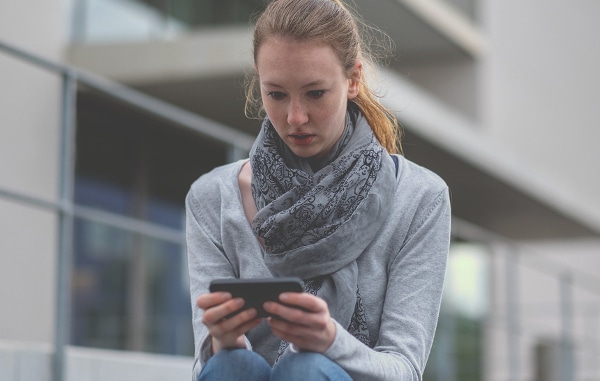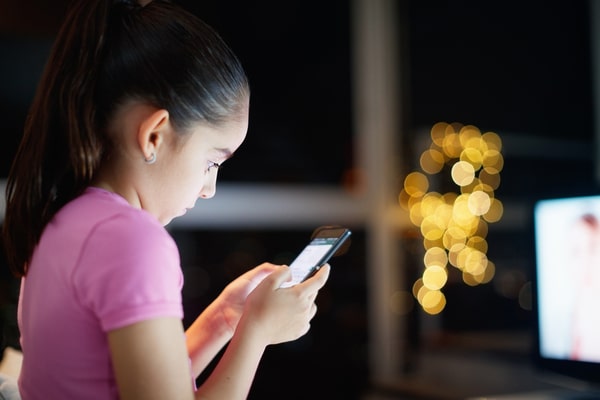
It’s not just the content on social media that might put strain on teens.
A Near-Sighted Controversy
The short answer is that there is, indeed, a rising incidence of myopia, the medical term for near-sightedness, in the world. In fact, in some regions of the world, it’s risen to 90% of both adults and teens. But it’s an issue with more than one cause, and doctors are hesitant to lay any blame.
First of all, we should remember that not many people are blessed with 20/20 vision in the first place. Only about 35% of the population has it, in fact. So in many cases near-sightedness will be an issue to some degree, iPhone in their faces or not. But is it exacerbating the problem?
Doctors are fairly certain part of the problem is what’s called “near work.” When your eyes need to focus on something that’s close, such as a smartphone screen, over long periods of time, it works much like a muscle. As the near vision gets more use, the far vision tends to atrophy. Of course, this doesn’t just apply to technology. Reading books, or really looking closely at anything for a long time, might also cause an issue.
Conversely, the more you use your far vision, with methods like playing outside, the stronger it gets. Whether it actually prevents or forestalls myopia is an open question. But on the other hand, it’s hard to argue with stepping away from social media for any number of other reasons.

Smartphones can pain the eyes, not just the neck.
Short-Term Problems
While the current answer is a big maybe, there are short-term issues that heavy smartphone use can cause. Staring at any screen for long periods of time without a break can cause dry eye, eye strain, and other problems. They may not be damaging over the long term, but they do hurt and can cause problems, especially if kids need to use screens at school or for homework.
The rule of thumb is every twenty minutes, you should look away from your screen for twenty seconds at something at least twenty feet away. This both shifts your vision off the screen and gives your far-sightedness a bit of a workout. Also, you should put down a screen every hour and take a brief overall break.
Parental control apps can help enforce breaks, and also remove apps that ask kids to stare continually at their screens. But just as important is that kids see you take these breaks and show healthy attitudes towards screens. Even stepping away for a few seconds to stretch and stare off into the distance will model good behavior.
While the jury may be still out on the medical causes of myopia, there’s no reason to take risks, with your eyesight or your kids. Institute a break schedule, ensure apps are paused every twenty minutes for a break, and talk to your kids about why these breaks are important. If you want help setting healthy limits for screens, we invite you to try Screen Time for free.

Join the conversation